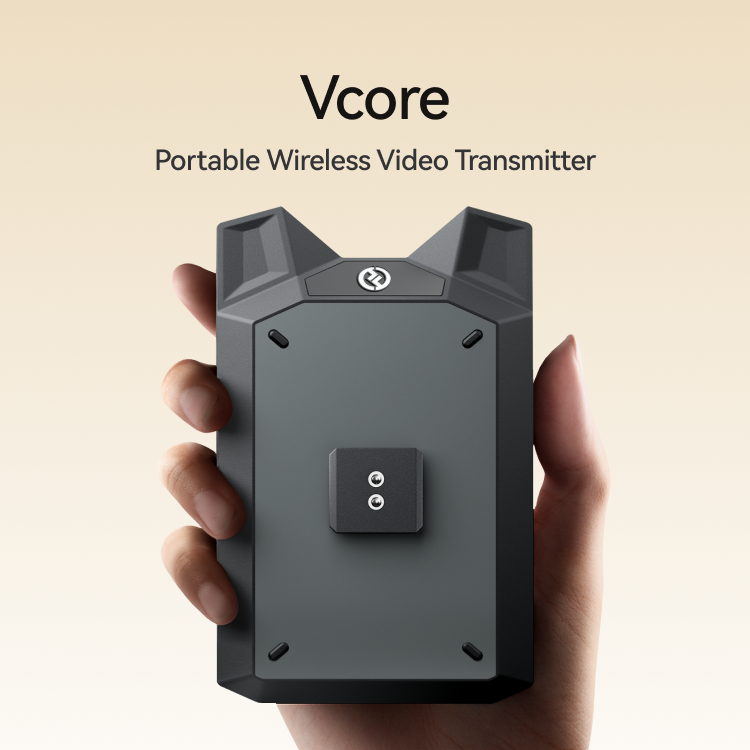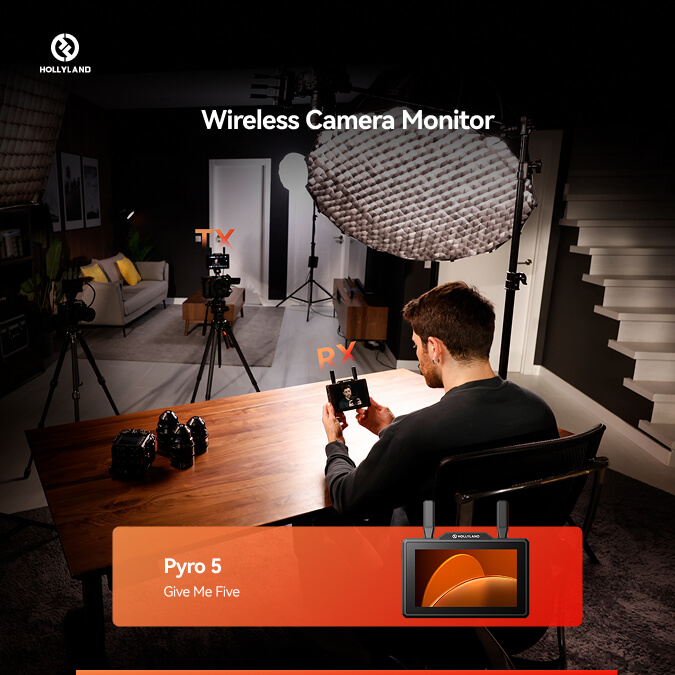Are you getting prepared for an upcoming live event? And you want to rock the stage with a new and better mic that can cover a wide frequency response? In that case, a handheld condenser microphone can be a suitable pick.
Since there are so many fish in the sea, it is hard to understand which model will work best for you. But we have already done the job by finding 5 eligible handheld condenser mics. Plus, we have answered essential queries at the end of the article that can be an extra guide.
5 High-Quality Handheld Condenser Microphones
1. Shure KSM9 – Top Pick Handheld Condenser Mic

The Shure KSM9 is made for serious singers. It captures tiny details with impressive clarity. This mic works great on stage and sounds just as good every time. Whether using a cable or going wireless, both options feel smooth. It also comes in two shades, champagne or charcoal grey.
Sound stays consistent across all notes. That helps control feedback while giving clear volume. Singers also like the switchable polar pattern. Pick cardioid or supercardioid based on the setup. The dual diaphragm design is light but super responsive. It catches tone without missing emotion.
Handling noise? Not much of that here. The internal shock mount helps with that. The mic also has top-tier electronics for clean signals. The connectors are gold-plated. So no worries about signal loss. It uses standard XLR and needs phantom power, around 48V.
Its frequency response ranges from 50 Hz to 20 kHz. What’s more? The KSM9 can handle up to 152 dB without reaching a point where sound begins to clip. That means it stays calm even when things get loud. Sensitivity sits around -51 dBV. Self-noise is very low at 22 dB. With a signal-to-noise ratio of 72 dB, vocals stay crisp and focused.
2. RODE M2

The RODE M2 is built tough and sounds even better. Singers love it for live shows. It feels solid in the hand and takes rough handling without worry. The half-inch condenser capsule catches voice with crisp detail. That means vocals sound full and clear, even in loud places.
Its supercardioid pattern keeps focus tight. It listens to the front and blocks out what’s around. Less noise, less feedback, more voice. Handy, right? There’s also a little switch on it. Turn the mic on or off and lock it in place. Simple but useful when setting up or switching between songs.
It connects through XLR and needs phantom power. Either 24V or 48V works fine. The mic handles loud sound well, up to 141 dB. Still, it picks up soft parts without missing anything. The frequency range covers 35Hz to 20kHz, so both low and high tones sound clean. Noise when not in use? Barely there, just 23 dBA. It’s an end-address mic, so point it straight and sing away.
3. Audio-Technica AT2010

The Audio-Technica AT2010 handheld condenser microphone brings studio-level clarity to live shows. It shares the same 16 mm diaphragm as the AT2020, so vocals come through with extra detail. Whether in churches, cafes, or cozy stages, this mic keeps the voice natural and smooth. Its extended frequency range helps with crisp highs and warm lows. With a strong build, it can take rough handling without worry.
This mic handles loud singers without losing quality. Thanks to its wide dynamic range, soft notes stay clean and louder parts stay clear. The cardioid pickup pattern helps block background noise, keeping the focus on the singer. It’s a solid choice for jazz vocals, acoustic sets, and spoken word sessions.
There’s also a clever grille design that keeps plosives under control. No need to stress about harsh “P” or “S” sounds ruining the mix. The gold-plated XLR connector stays rust-free and gives a steady connection every time. It comes with a Quiet-Flex stand clamp, so adjusting it doesn’t cause any squeaks or bumps.
4. Neumann KMS 105

The Neumann KMS 105 handheld condenser microphone gives a smooth and airy sound, with a slight lift in the high frequencies. Singers will enjoy how open it feels, even without EQ tweaks. It handles loud voices with ease and stays clean up to 150 dB. No distortion, no stress, even in loud settings.
Its supercardioid pickup stays tight and focused. This means less background noise and better feedback control. The voice stays right up front, even when the singer moves a little. A built-in pop filter also helps soften sharp breath sounds. So no loud “P” or “S” noises cutting through the mix.
It’s a solid piece of gear, made to take some bumps. Yet it still feels smooth in the hand. The mic is sensitive to detail but blocks out handling noise. That’s helpful during busy live sets or recording sessions. Everything from soft jazz to heavy rock can sound crisp and natural with it. With a frequency range of 20 Hz to 20 kHz, it connects without a hitch through a simple 3-pin XLR.
5. Peavey CM1

Peavey CM1 microphone works great in studio sessions or on live stages. With a cardioid pickup pattern, it keeps background noise in check. The dual-layer pop filter softens plosive sounds and wind noise with ease. That helps vocals sound smooth and sharp at the same time.
Its medium condenser element handles 136 dB SPL without breaking a sweat. That’s perfect for singers with strong voices or loud acoustic sessions. The microphone has a sensitivity of -43 dBv per pascal. Its noise floor stays low, equal to only 24 dB SPL. That means more voice, less unwanted background.
From jazz duets to solo acoustic guitar, the CM1 adds clarity. Its frequency response runs from 50 Hz to 16 kHz, which gives a natural tone. Female vocals, soft instruments, or crisp harmonies all sound detailed. It also has a built-in shock mount that keeps handling noise from creeping in.
Pro Tip: A handheld condenser microphone is a brilliant choice for live shows. But they can be expensive and have limited features. If you’re looking for modern tech, design, and impeccable features, going for a wireless microphone kit, like the Hollyland Lark M2S, is an excellent decision.
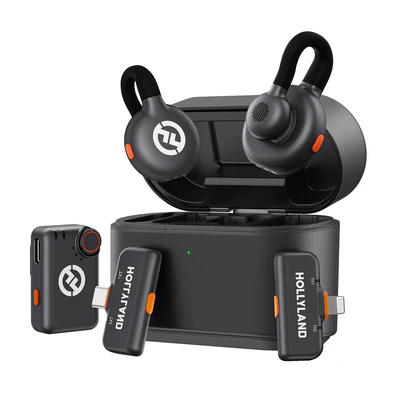
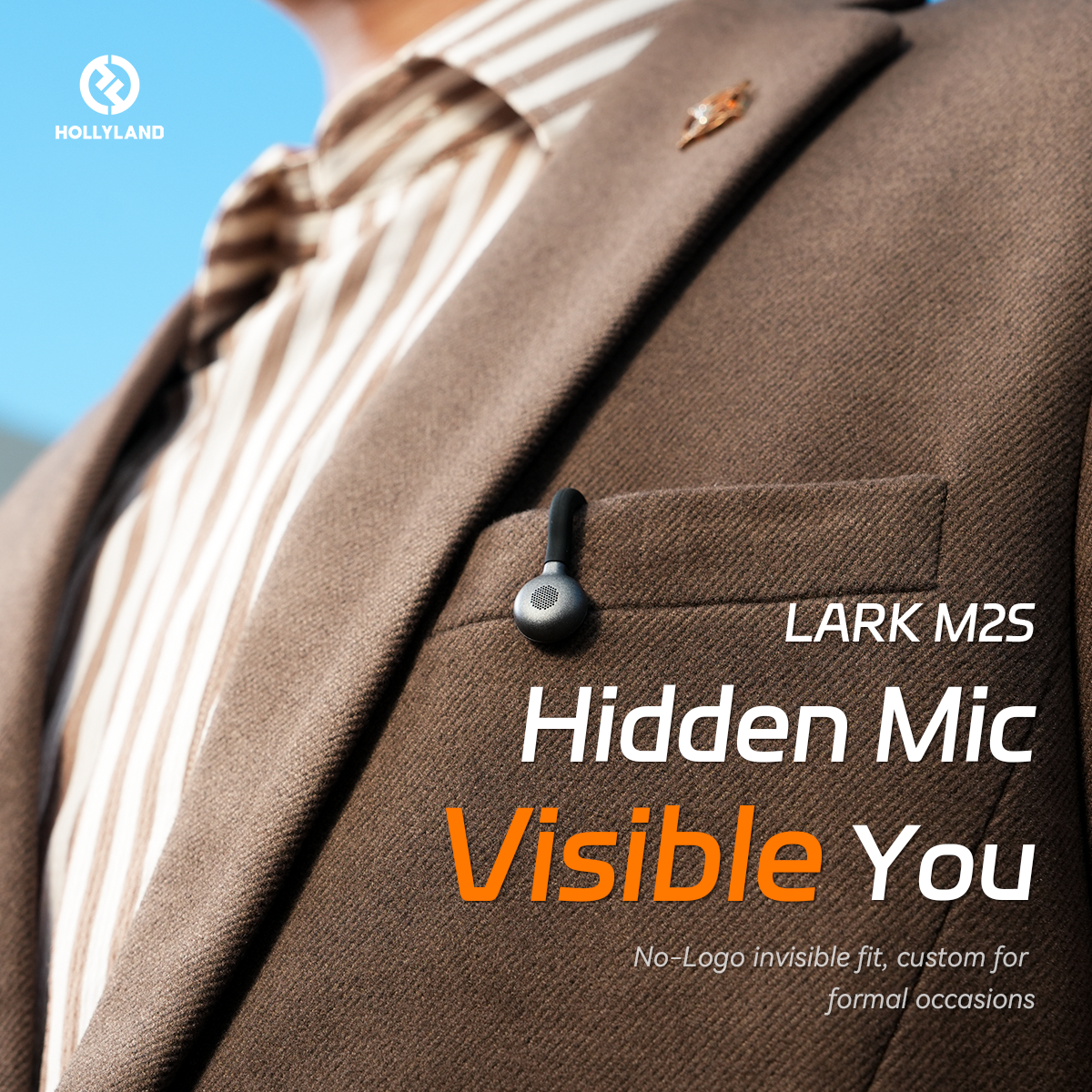
Hollyland LARK M2S - Wireless Hidden Microphone
An ultra-discreet wireless microphone featuring a clip-on transmitter for an “invisible” fit.
Key Features: No-Logo Fit | Ti+ Design | 48 kHz/24-bit
Lark M2S is a logo-free wireless lav-styled microphone system with elite omnidirectional microphones/transmitters and a receiver unit. It is made with a titanium clip-on for extra rigidity when you attach it to your clothing. What’s more? Wide compatibility that ensures stress-free audio recording on smartphones, computers, and cameras. The Environmental Noise Cancellation (ENC) features serve as icing on the cake by preventing noise from disrupting the audio. You can record wirelessly from as far away as 1000ft, backed by 9 hours of battery life.
Conclusion
Handheld condenser microphones can really boost your live vocals and performance. Choosing the right mic depends on what you need and how you use it. The Shure KSM9 offers dual gold-layered diaphragms and switchable polar patterns. The RODE M2 features a shock-mounted capsule for clear sound and feedback control. Audio-Technica’s AT2010 protects well against pops without losing clarity. Neumann’s KMS 105 delivers a clean sound with a gentle treble lift. Lastly, the Peavey CM1 shines in acoustic and jazz settings, proving its worth despite being less known. Each mic brings something unique, making your choice easier depending on your style.
Frequently Asked Questions about a Handheld Condenser Microphone
Q1. Can you use a condenser mic by hand?
If a mic with clear sound and wide frequency is needed, a condenser is worth checking out. It captures small details and responds well to changes in voice or music. Some models are even built for handheld use. So yes, some condenser mics can be held while using, although most are better with a stand. Just make sure to opt the one that is designed for handheld performance and durability.
Q2. Who usually uses a condenser microphone?
These mics are loved by people who care about quality sound. Singers, music producers, podcasters, and YouTubers – all use them. They’re great for voices, guitars, pianos, and even kick drums. If sound clarity and natural tone are the goal, then a condenser mic can really help. Whether it’s for music or voice recordings, this type of mic may provide the finest details that other mics often miss.
Q3. Is a condenser mic better than a dynamic mic?
It depends on what the mic is used for. Condenser mics work well for speech, podcasts, and livestreams because they catch softer details. Dynamic mics are stronger with loud sounds like drums and live singing. So, one isn’t better than the other in general. For quiet settings, condensers are better. For loud environments, go with a dynamic one. Choosing the right mic is all about the sound you want to capture.
Q4. Is a handheld mic good for voice recordings?
Not really. For recording voiceovers or narration, a handheld mic isn’t ideal. Movement can cause unwanted sounds. Using a stand makes everything smoother. It keeps hands free and limits background noise. So even though handheld mics work fine for live shows, they are not the best choice for clean voice recordings. A mic on a stand is much better for keeping the sound steady and clear.
Q5. Can a handheld condenser mic work with a smartphone?
Some handheld condenser mics can connect to phones using adapters. But even then, it’s not the best idea. Compatibility and power issues can cause problems. It’s safer to go with a mic made for phones. Brands like RODE, Hollyland, and DJI make great options for smartphones. These mics are easy to set up and sound way better than using adapters with pro studio gear.
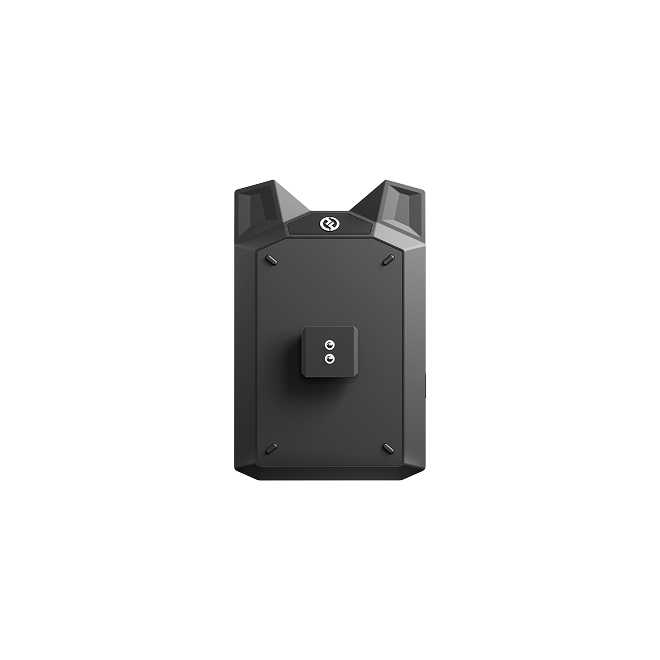

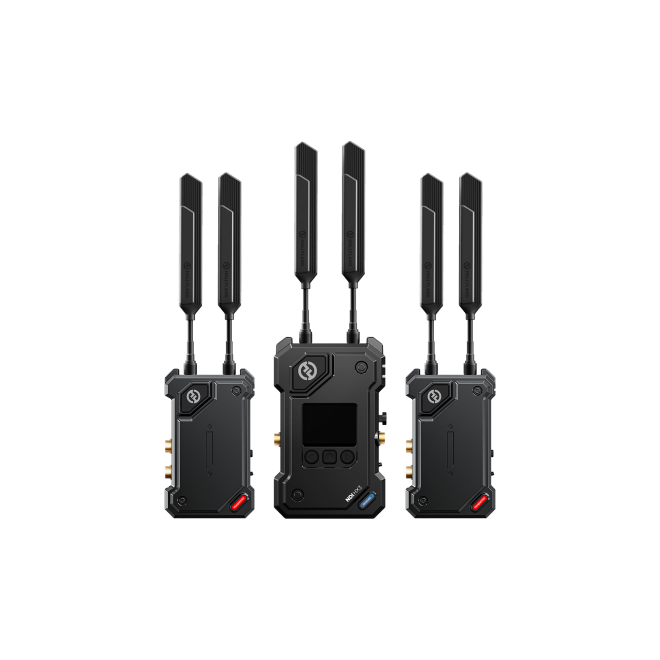
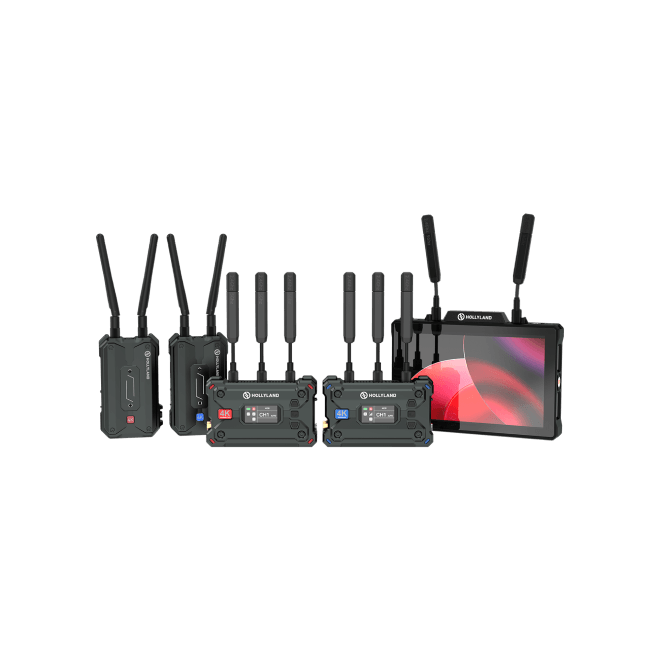
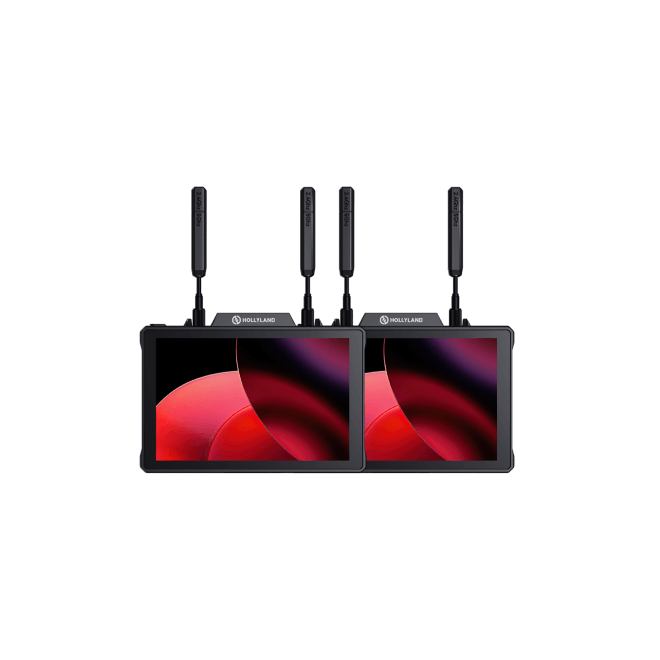
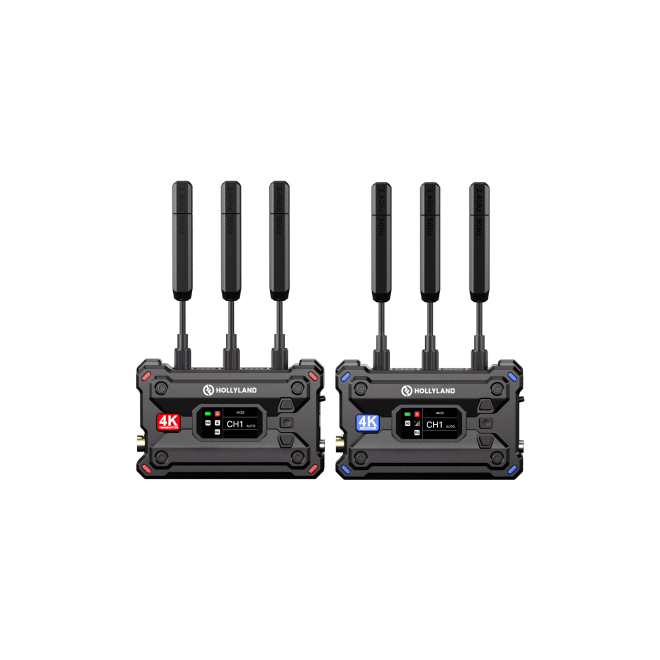
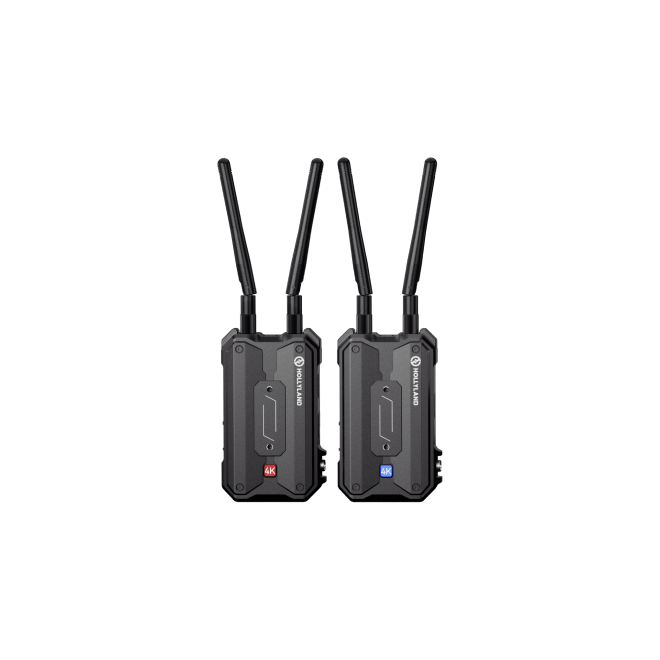
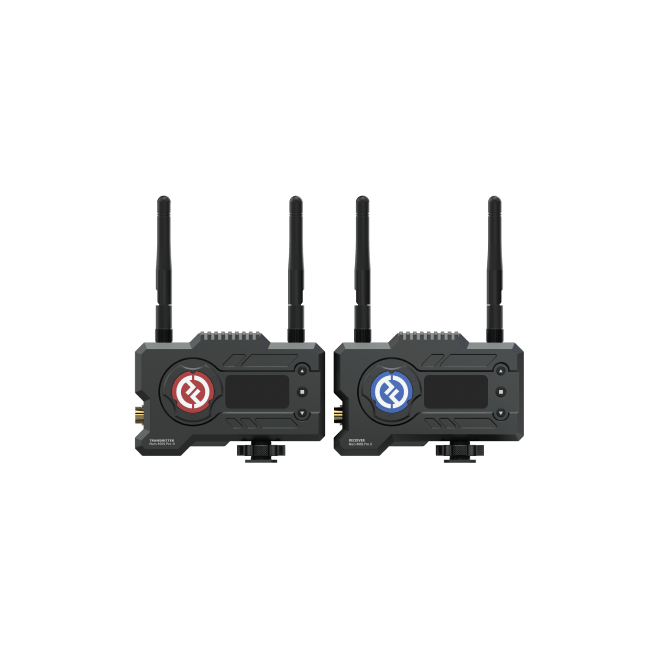
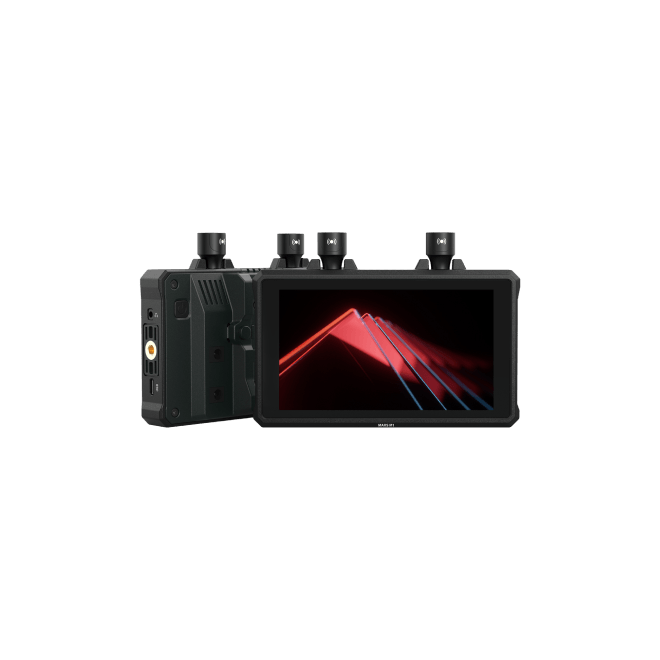
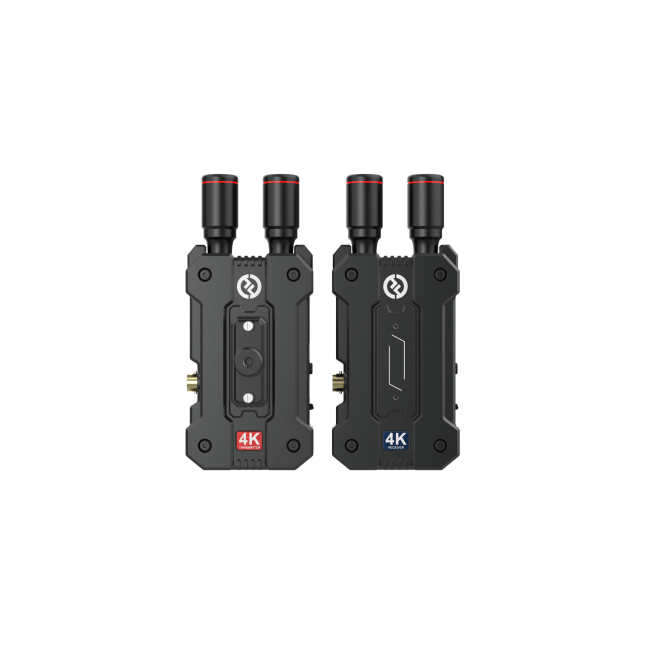
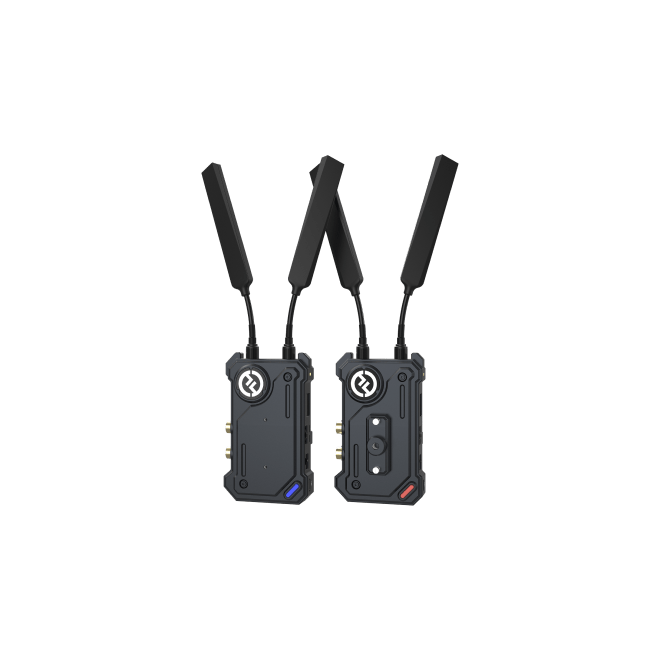
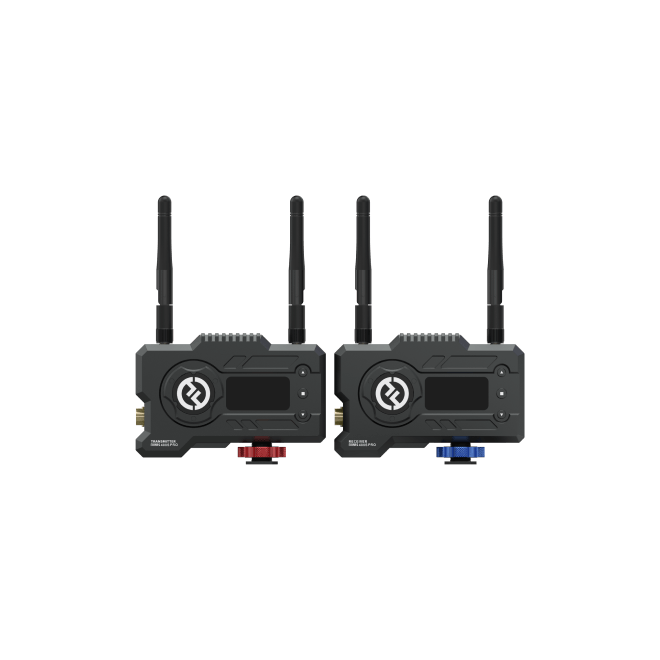
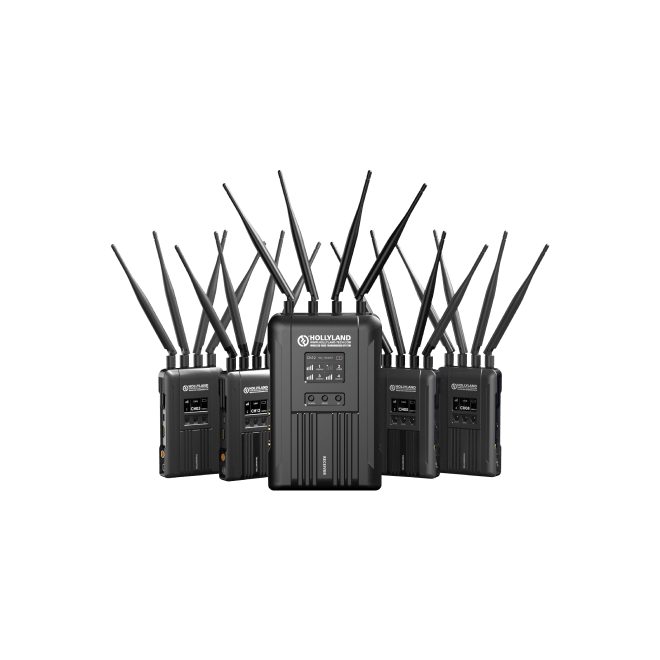
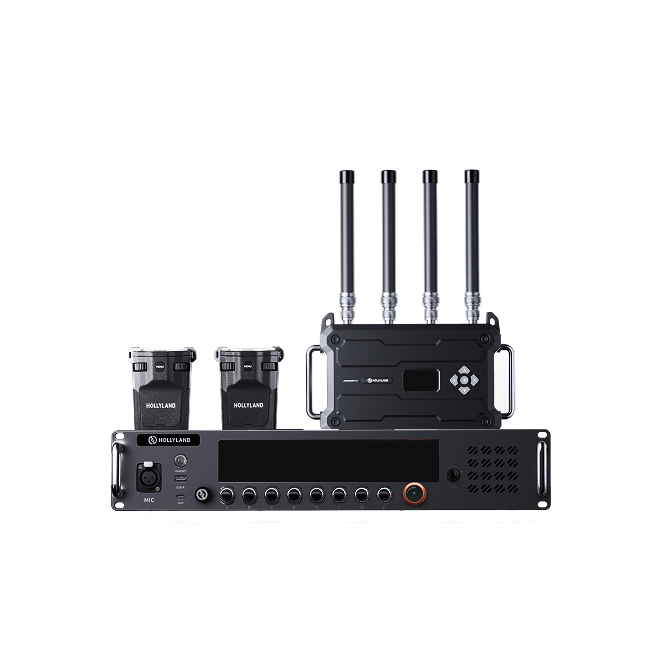

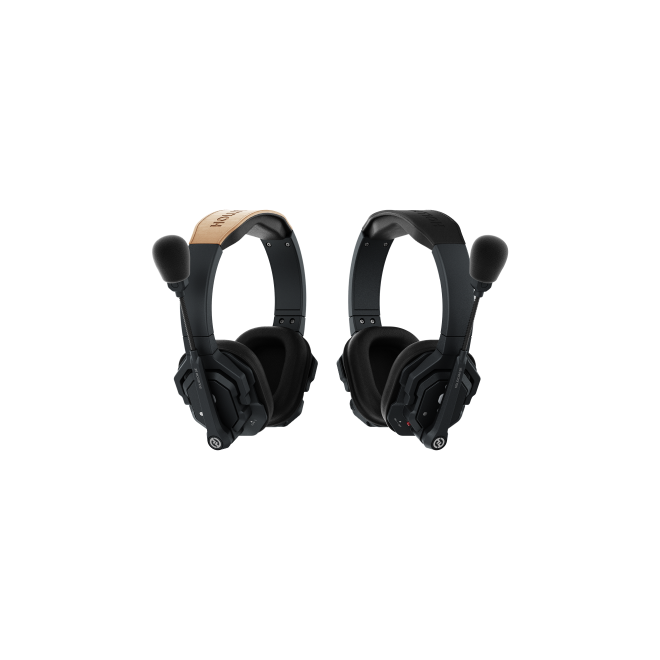

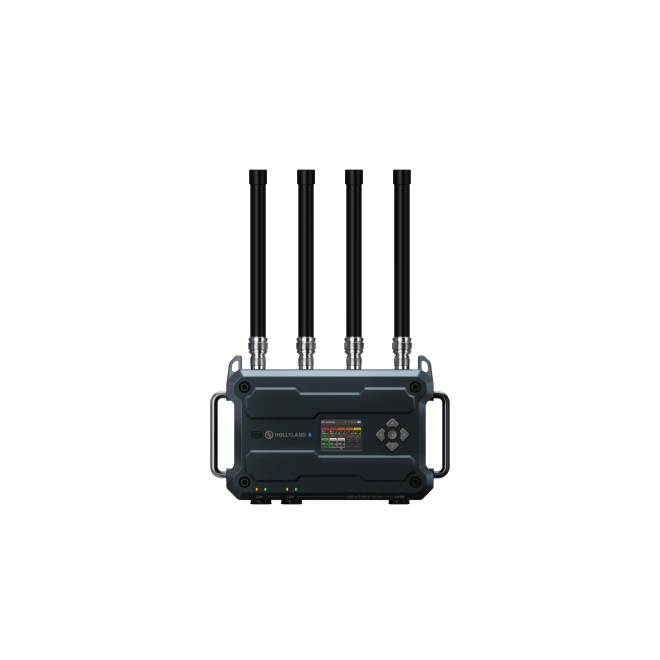
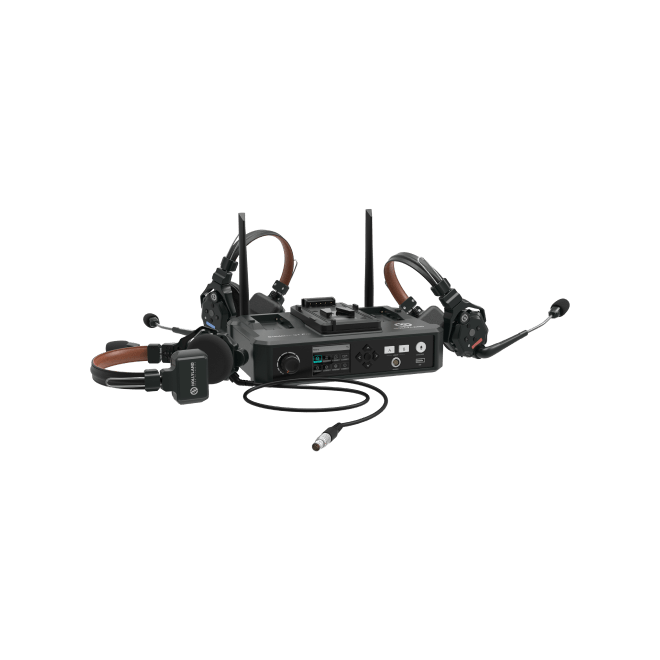
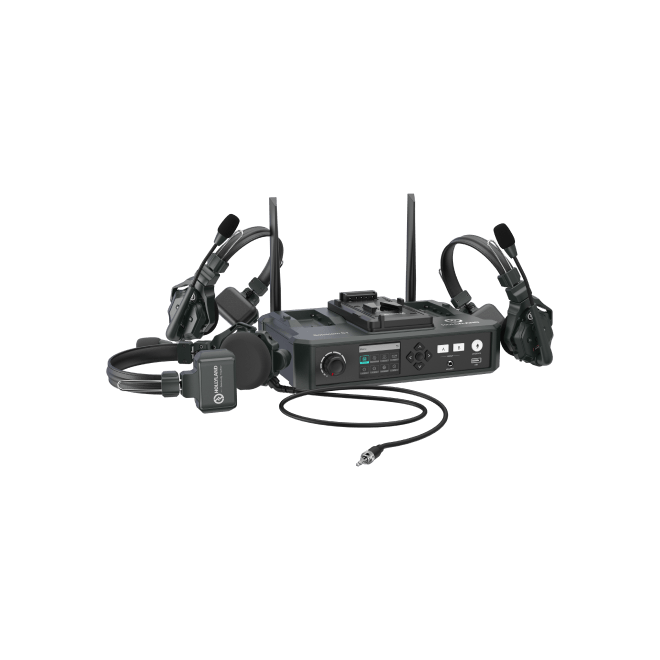
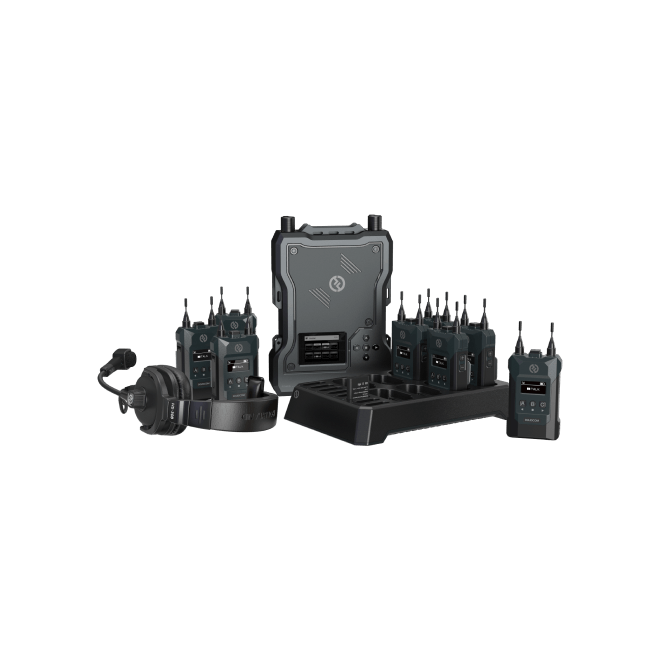
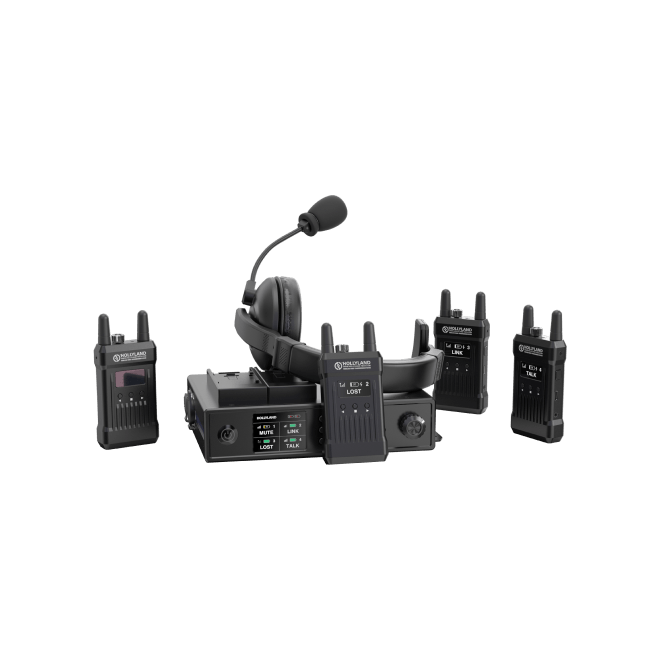
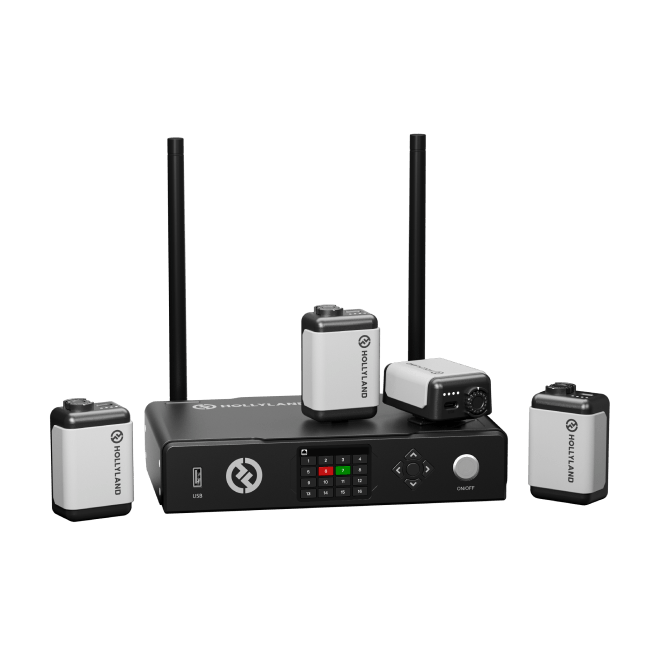
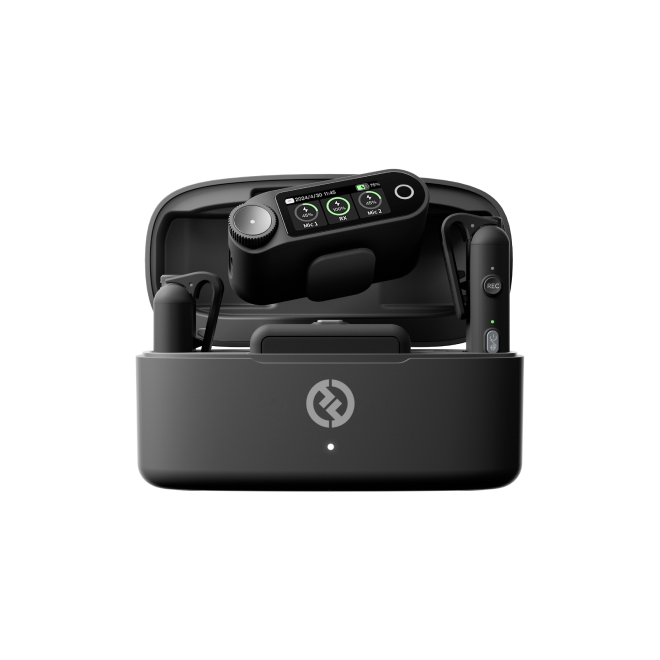
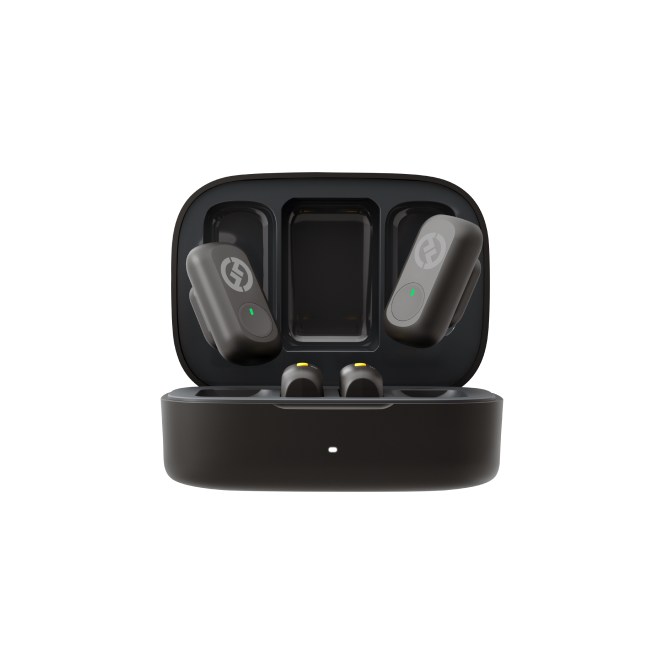

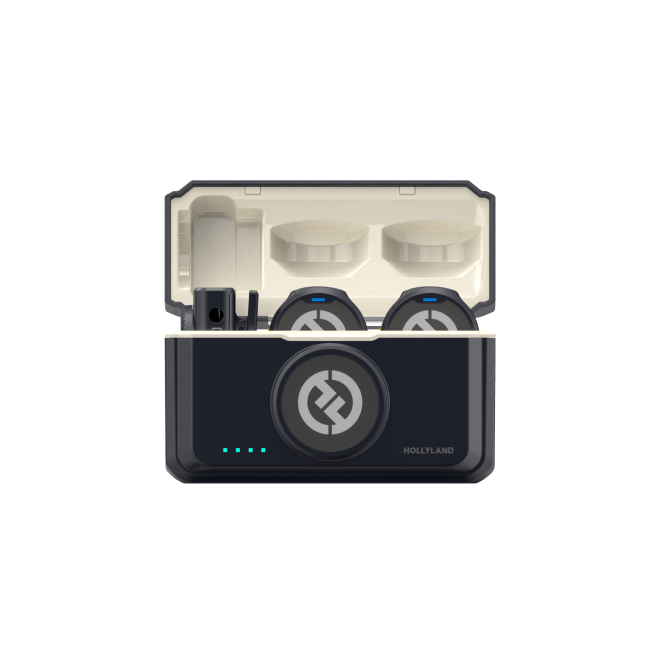
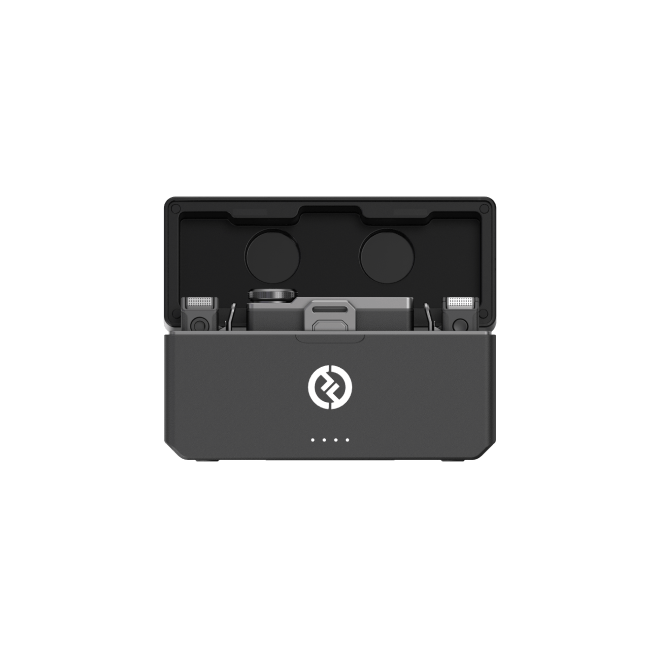
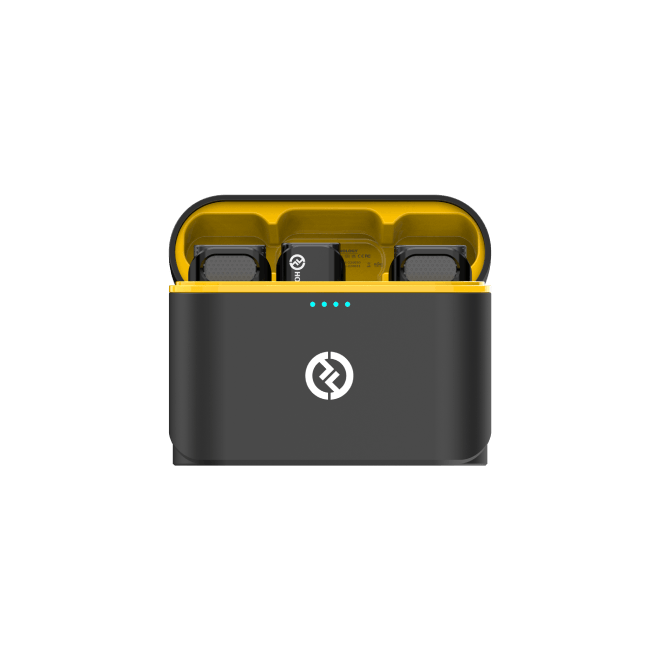
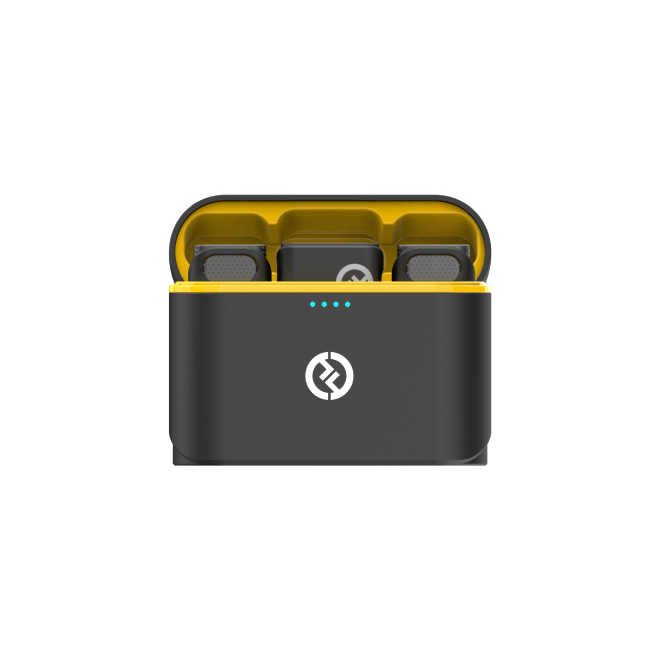
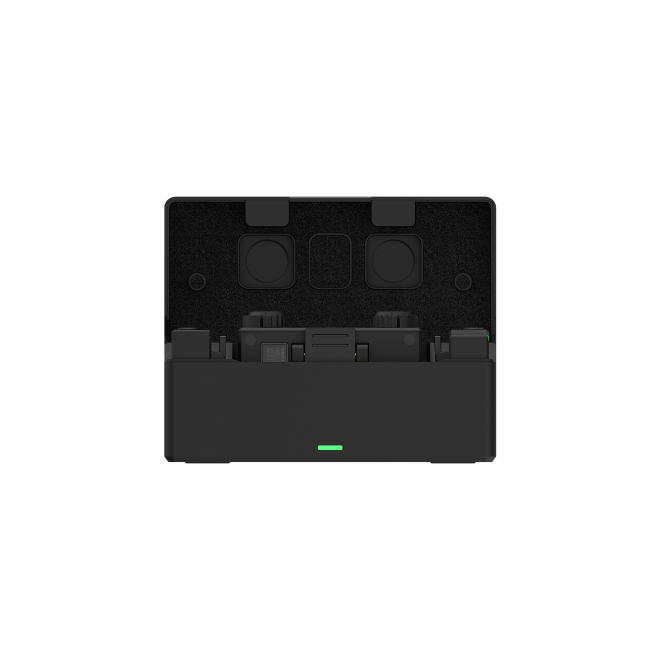

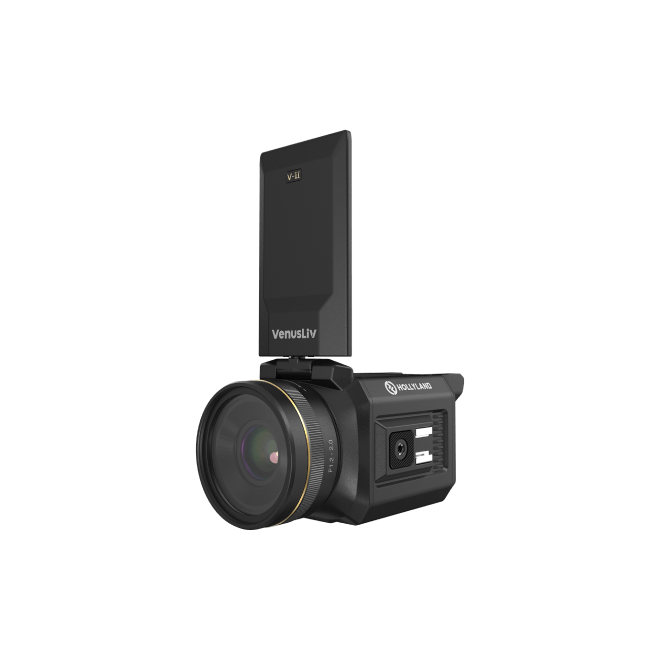
.png)


